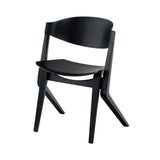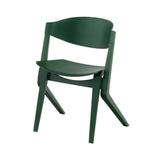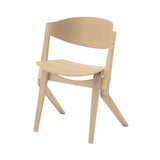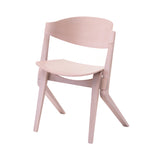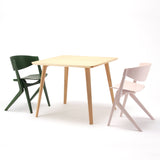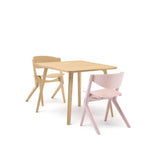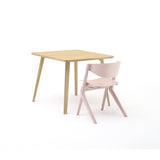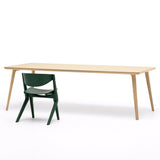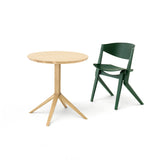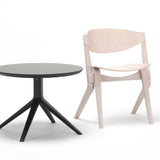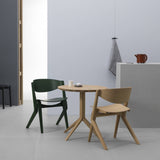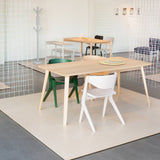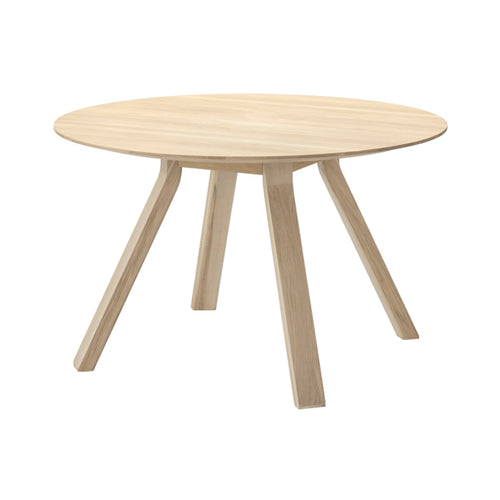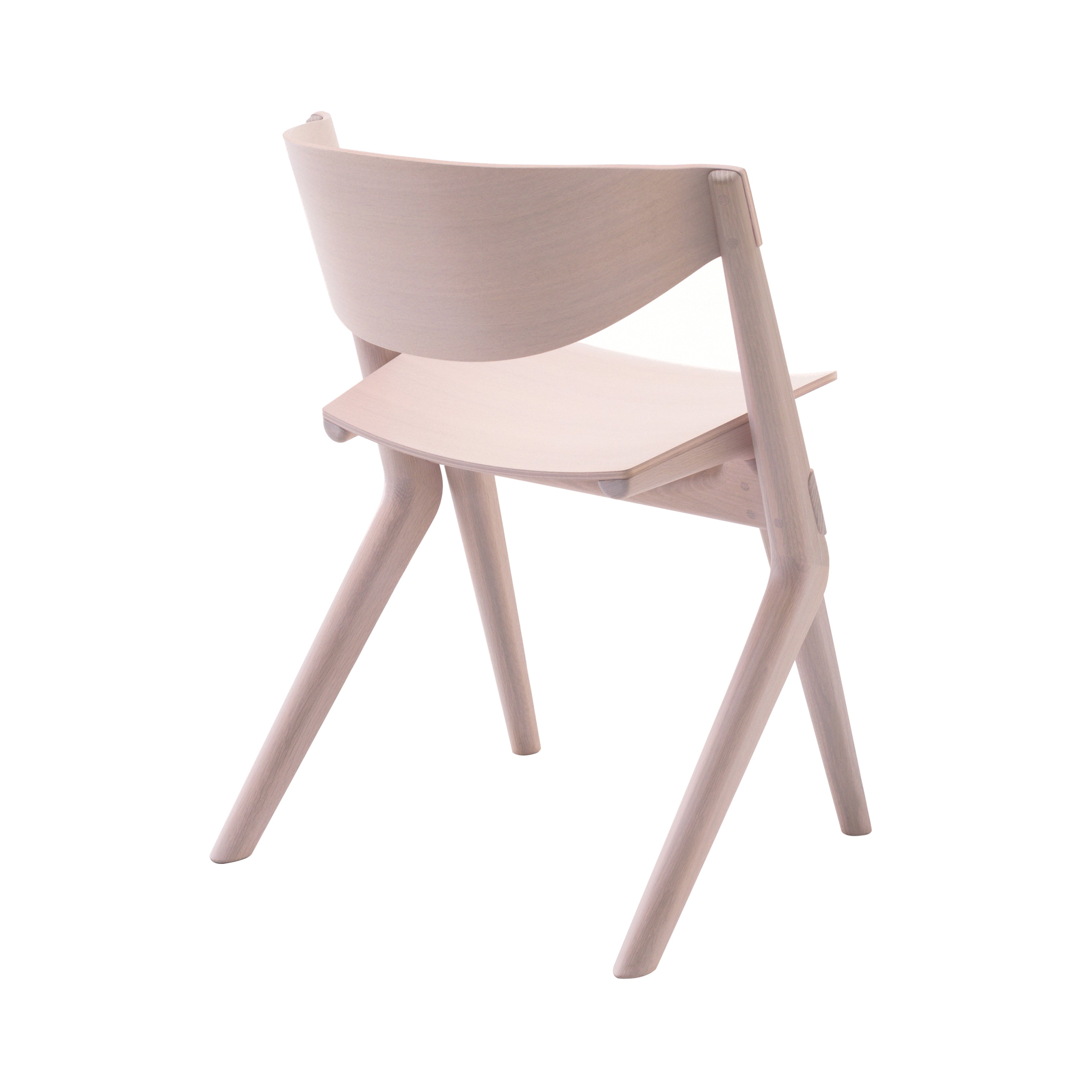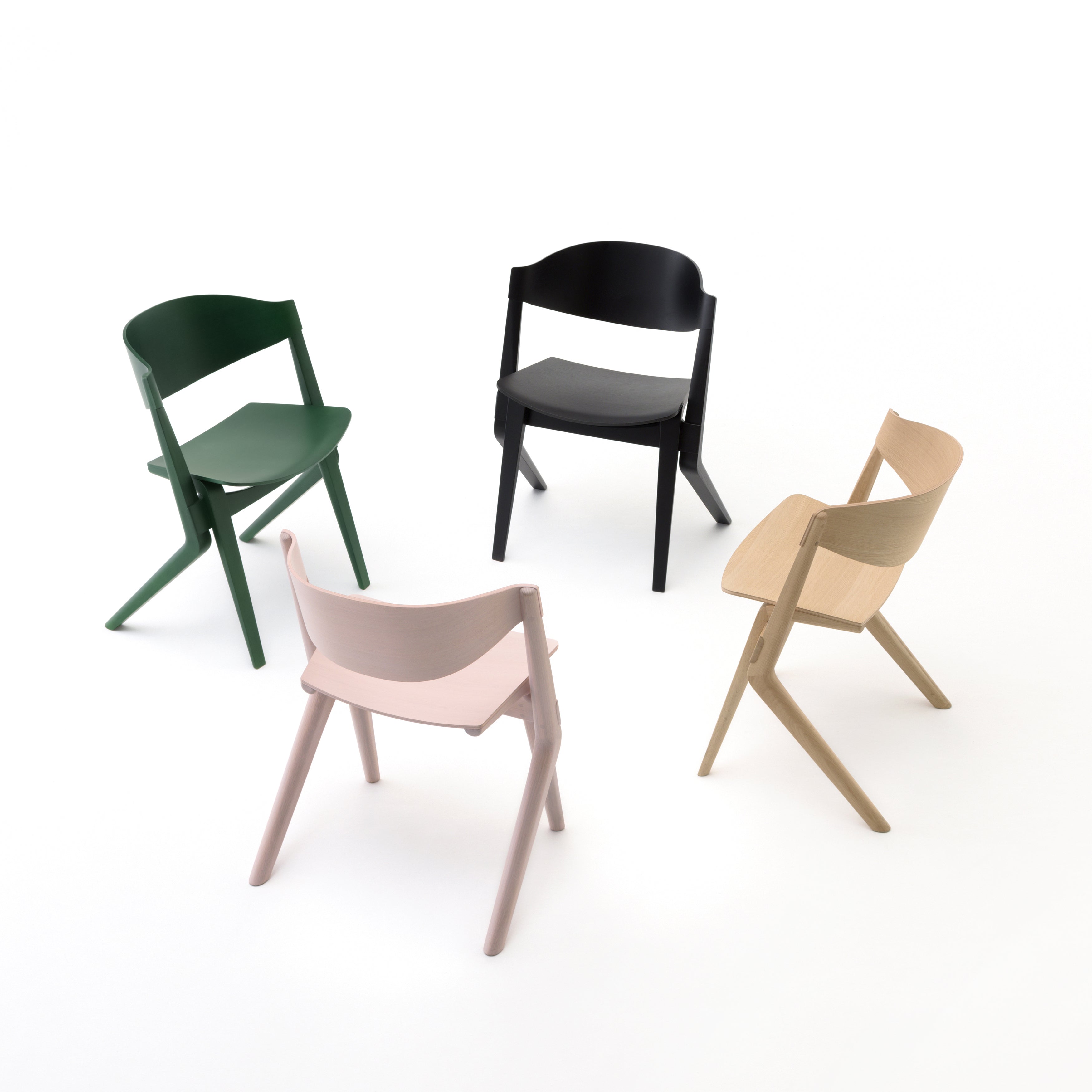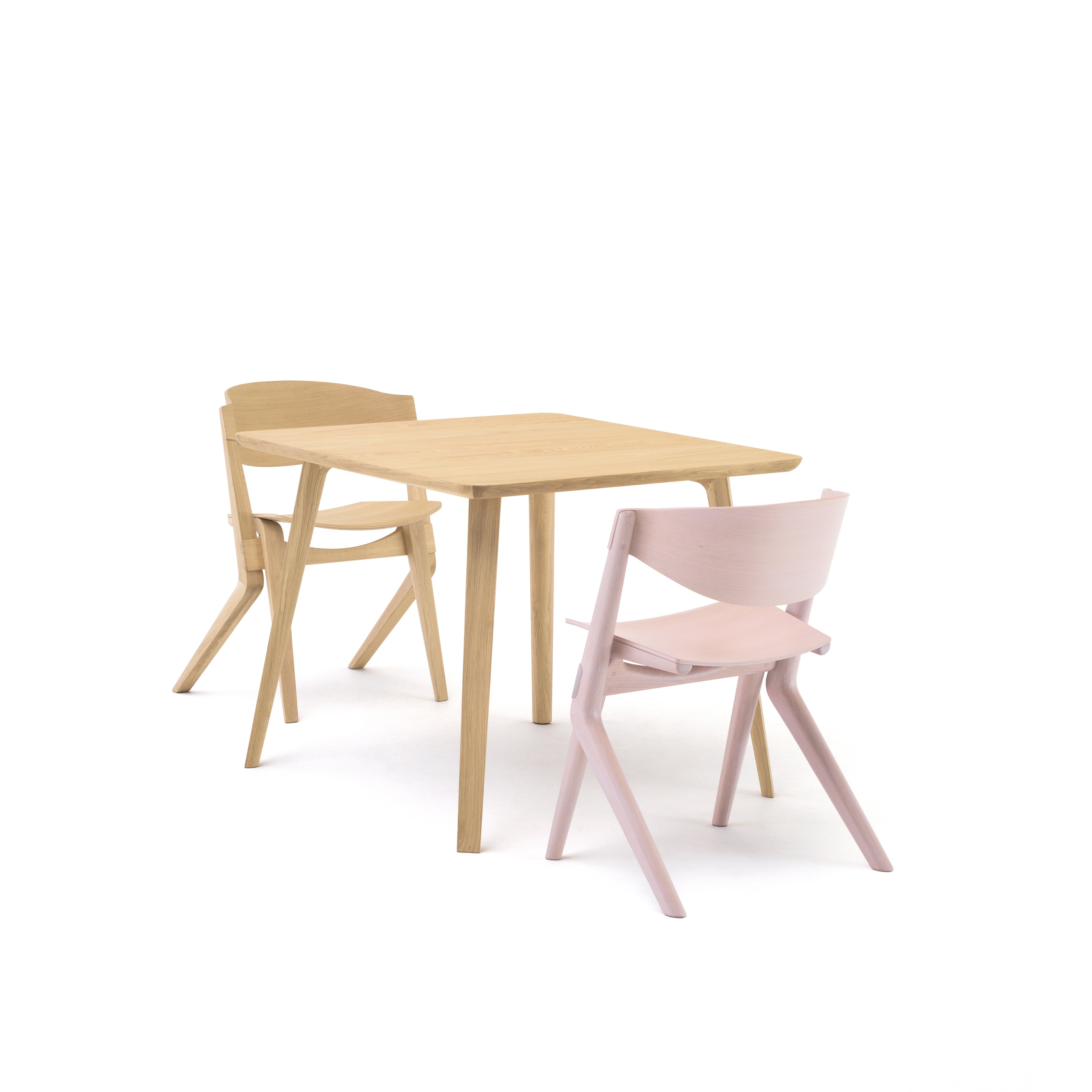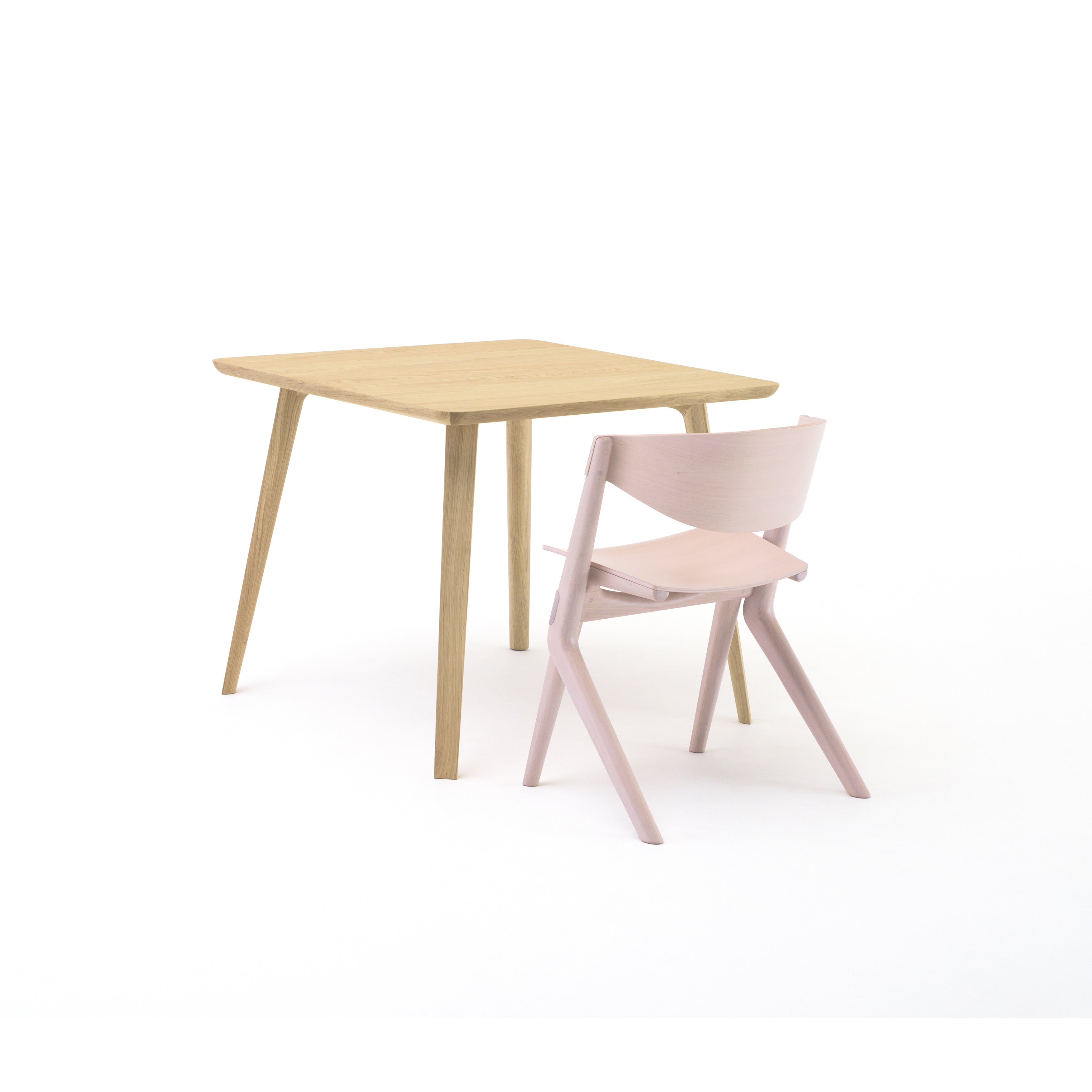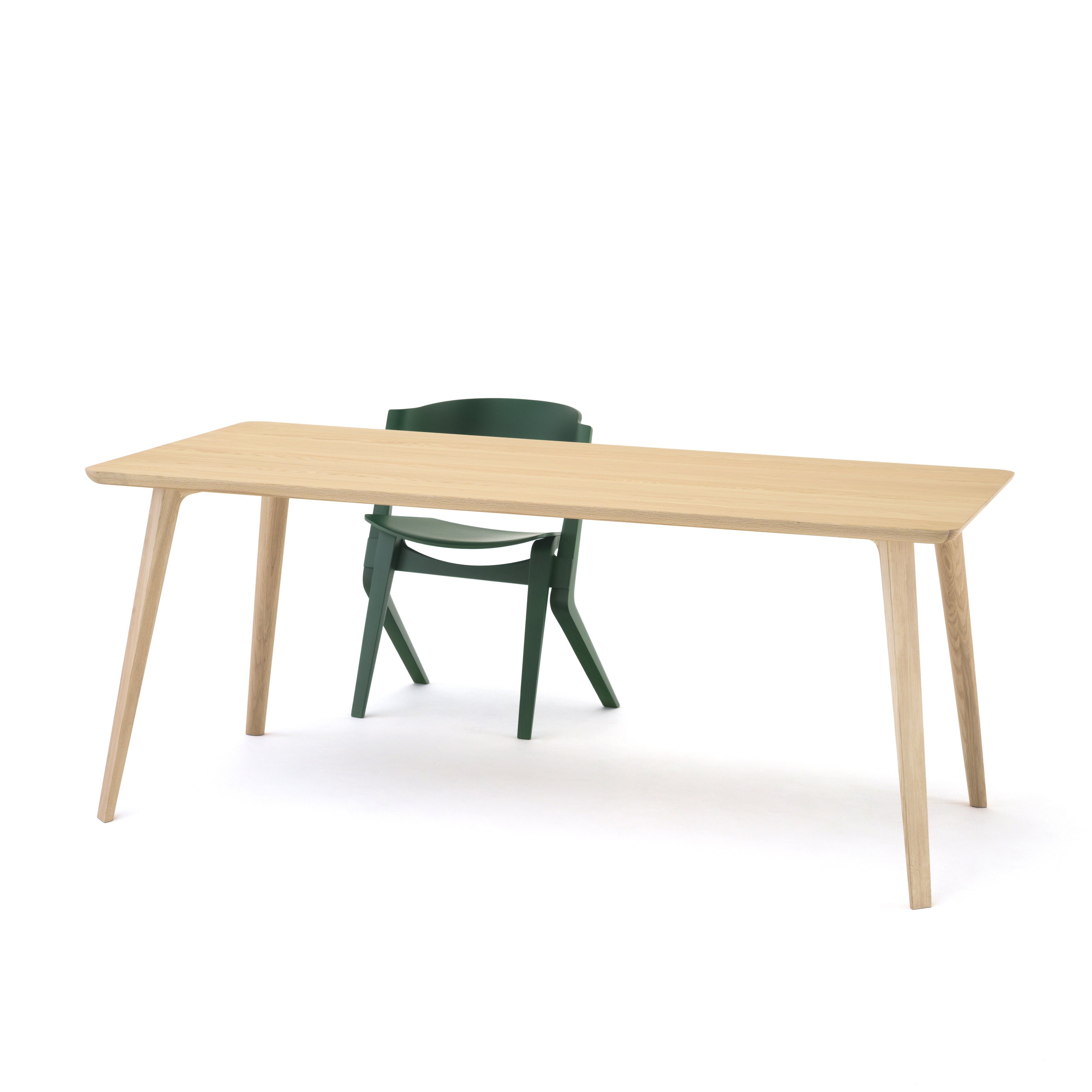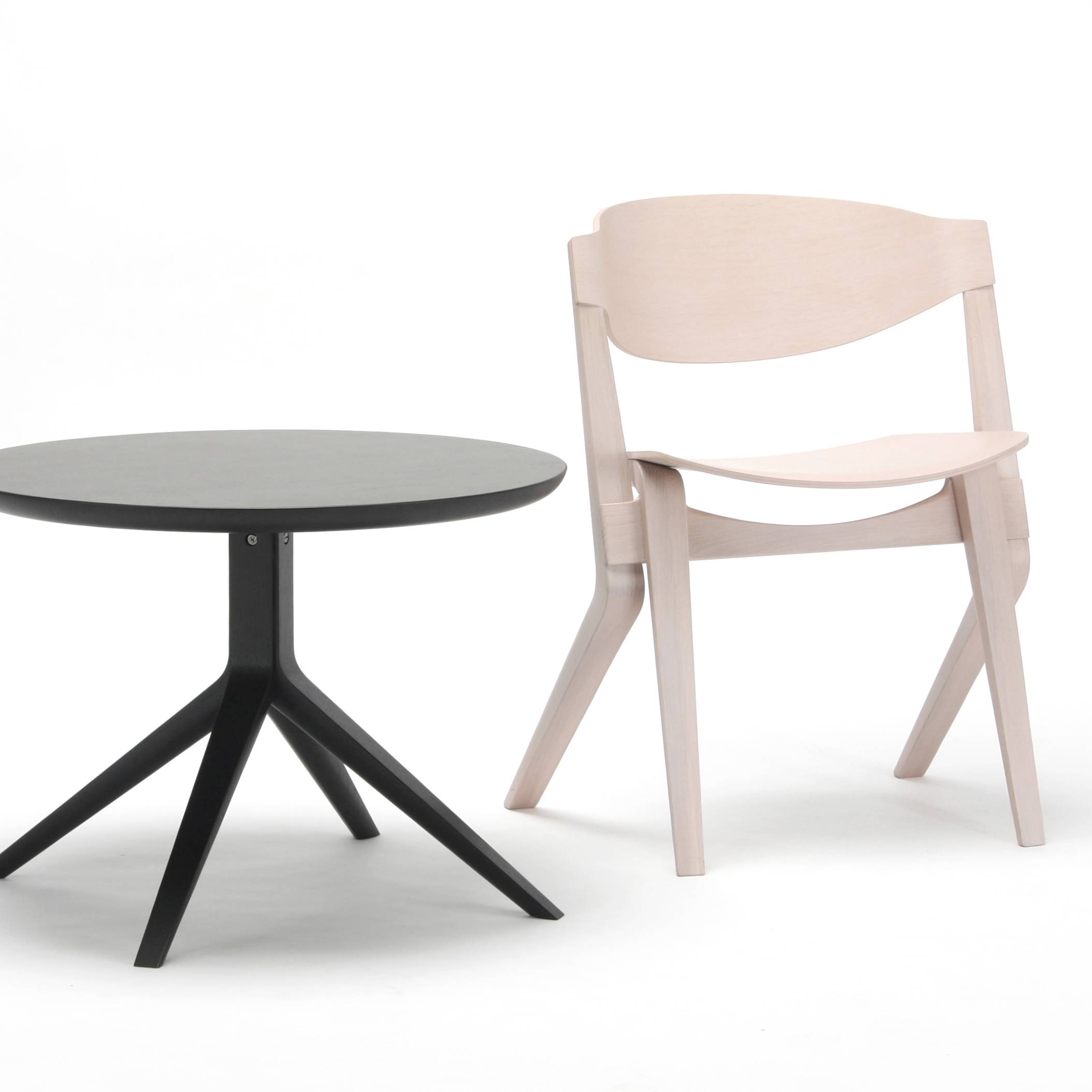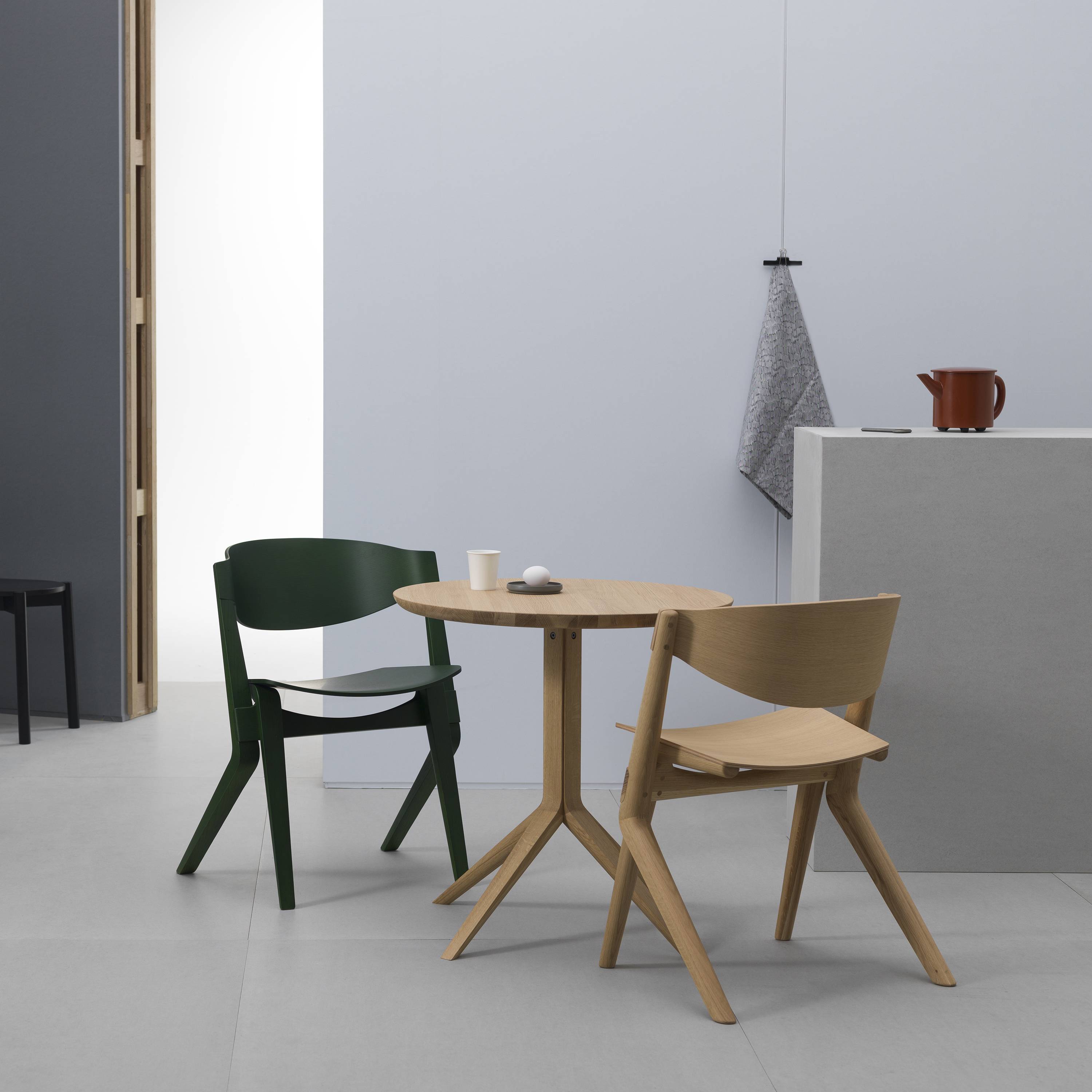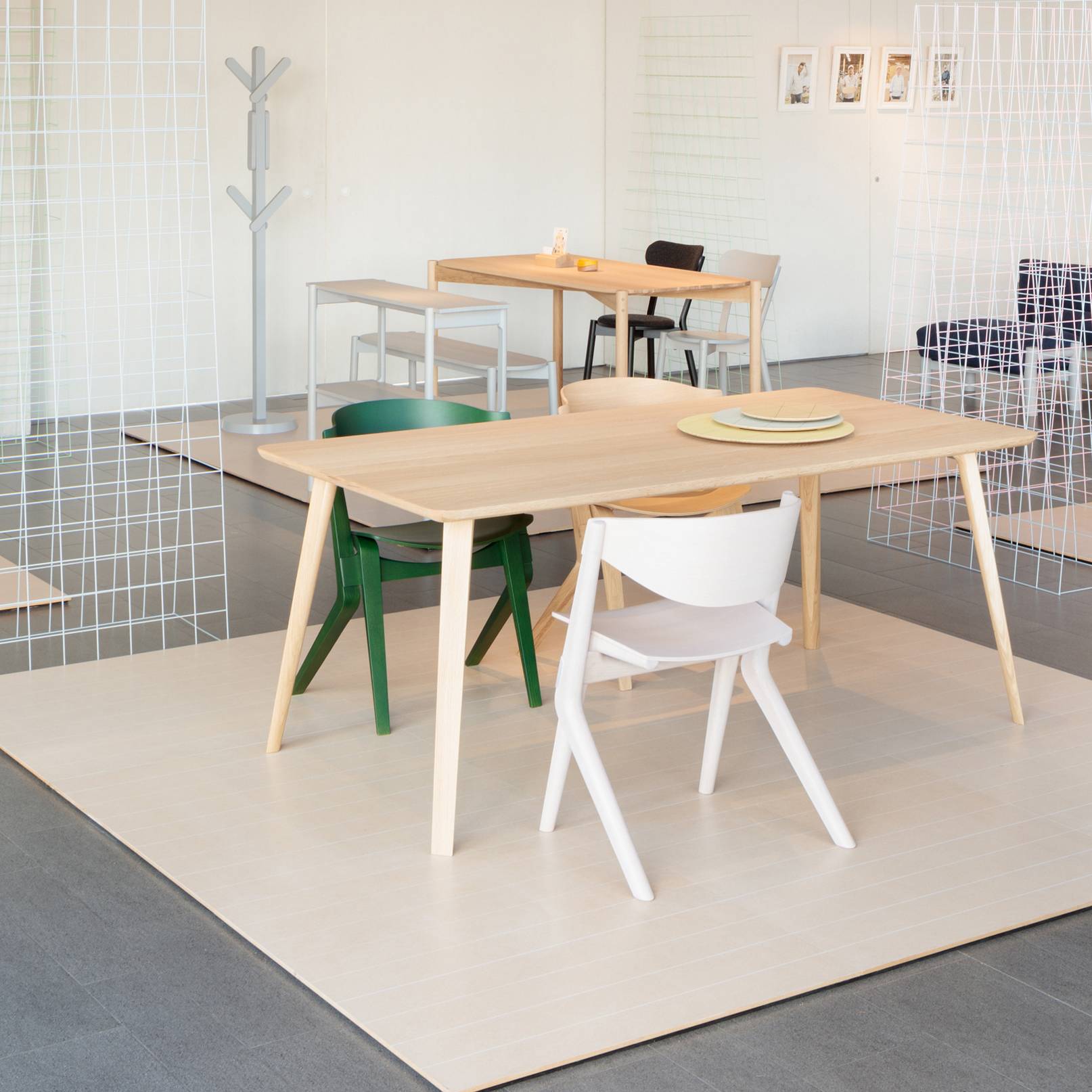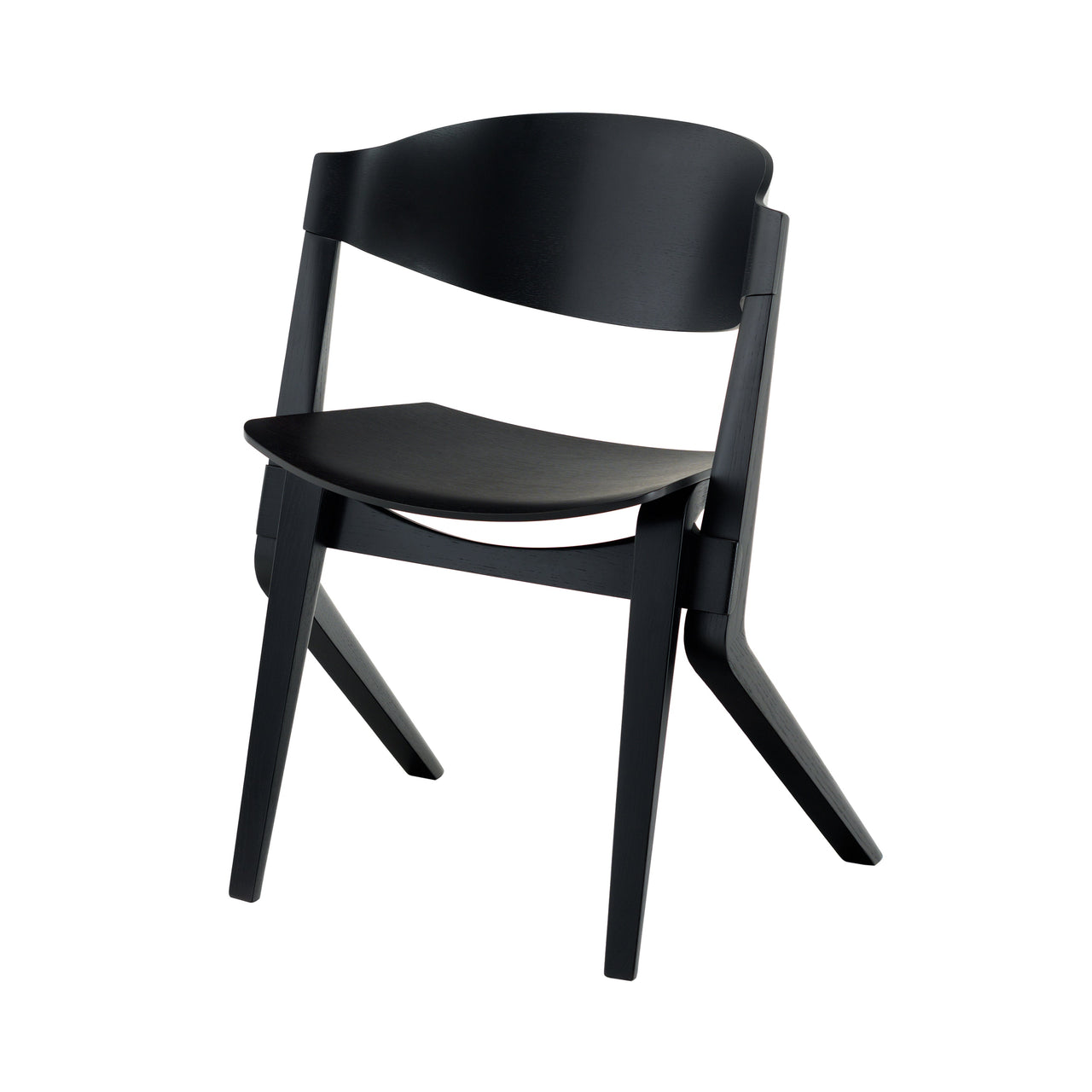





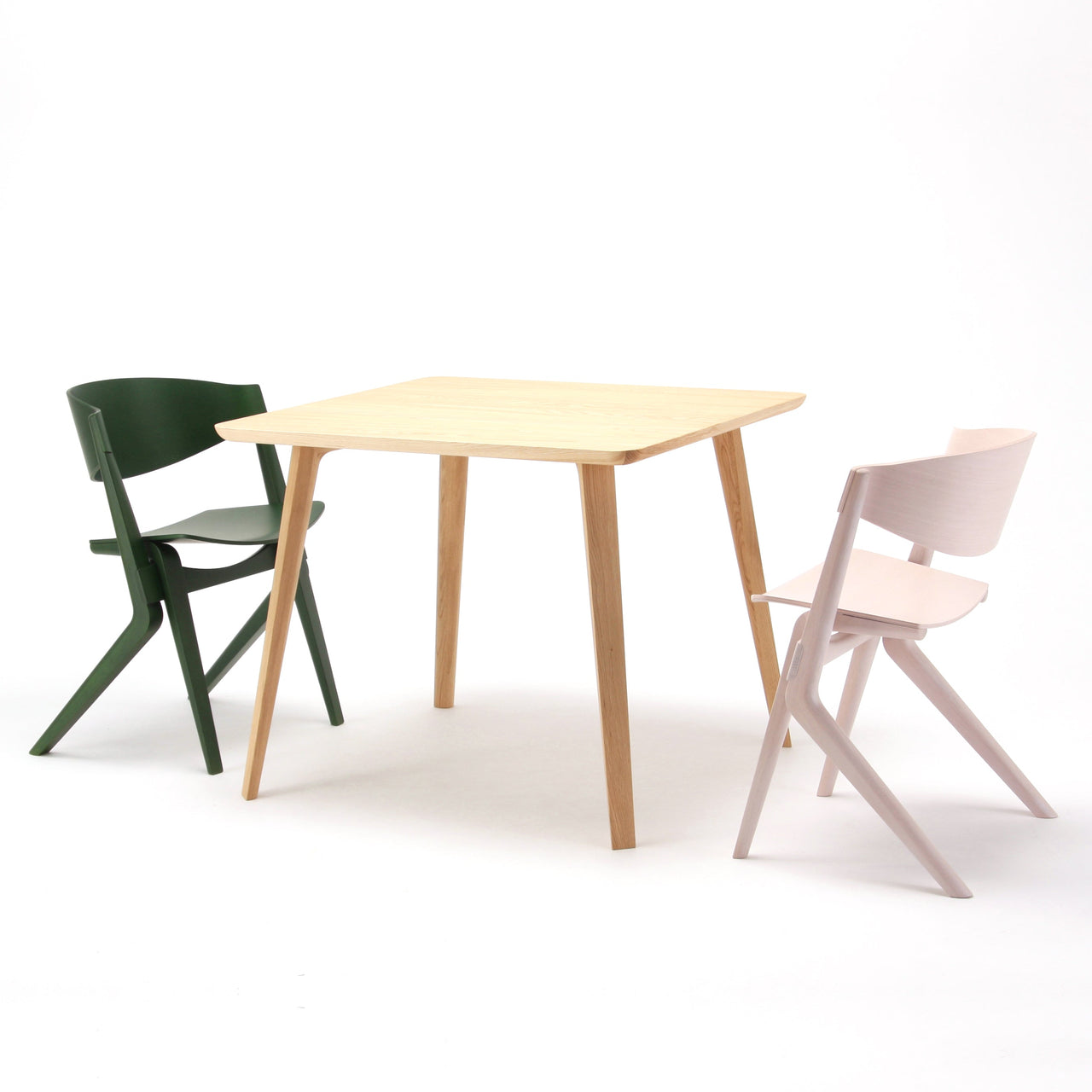





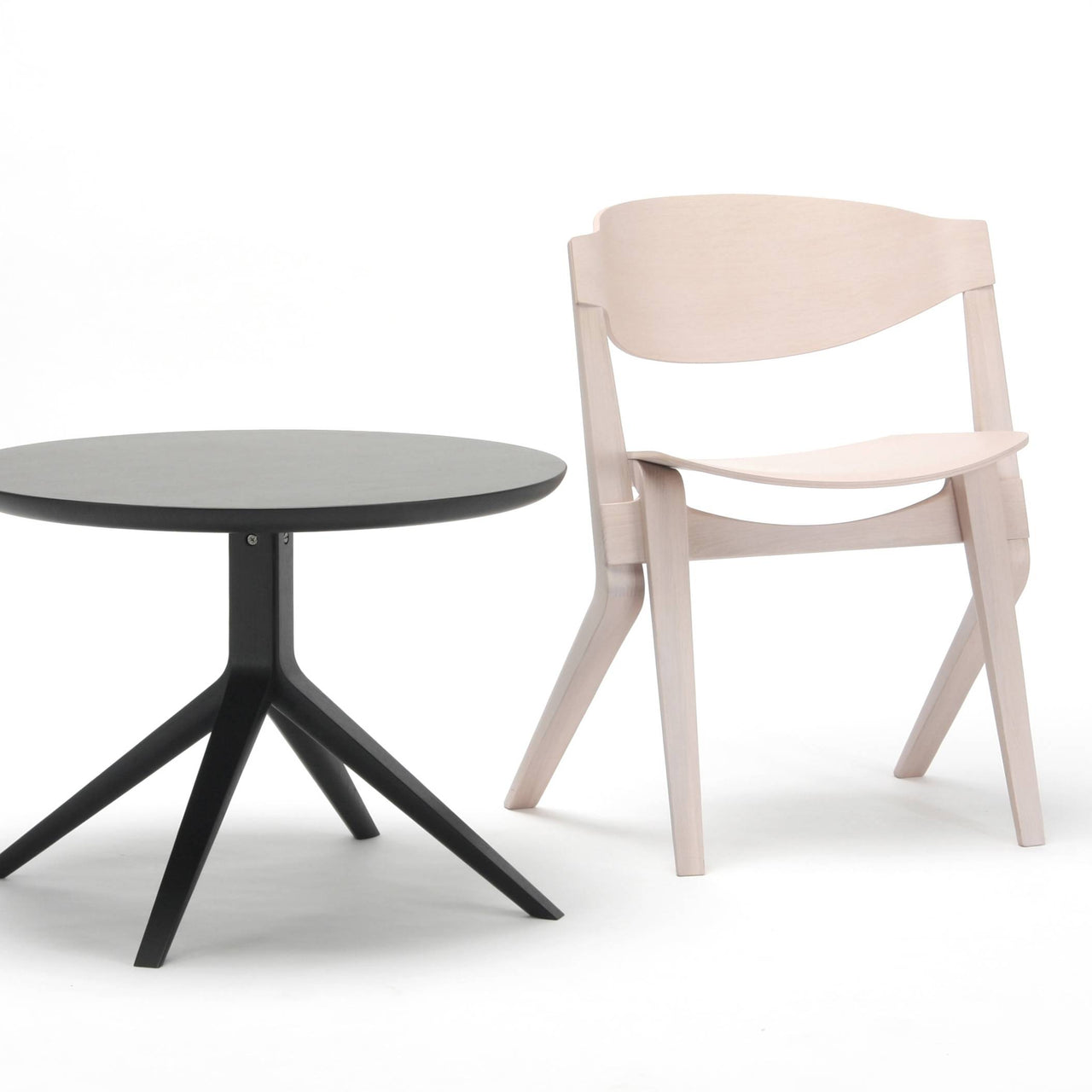
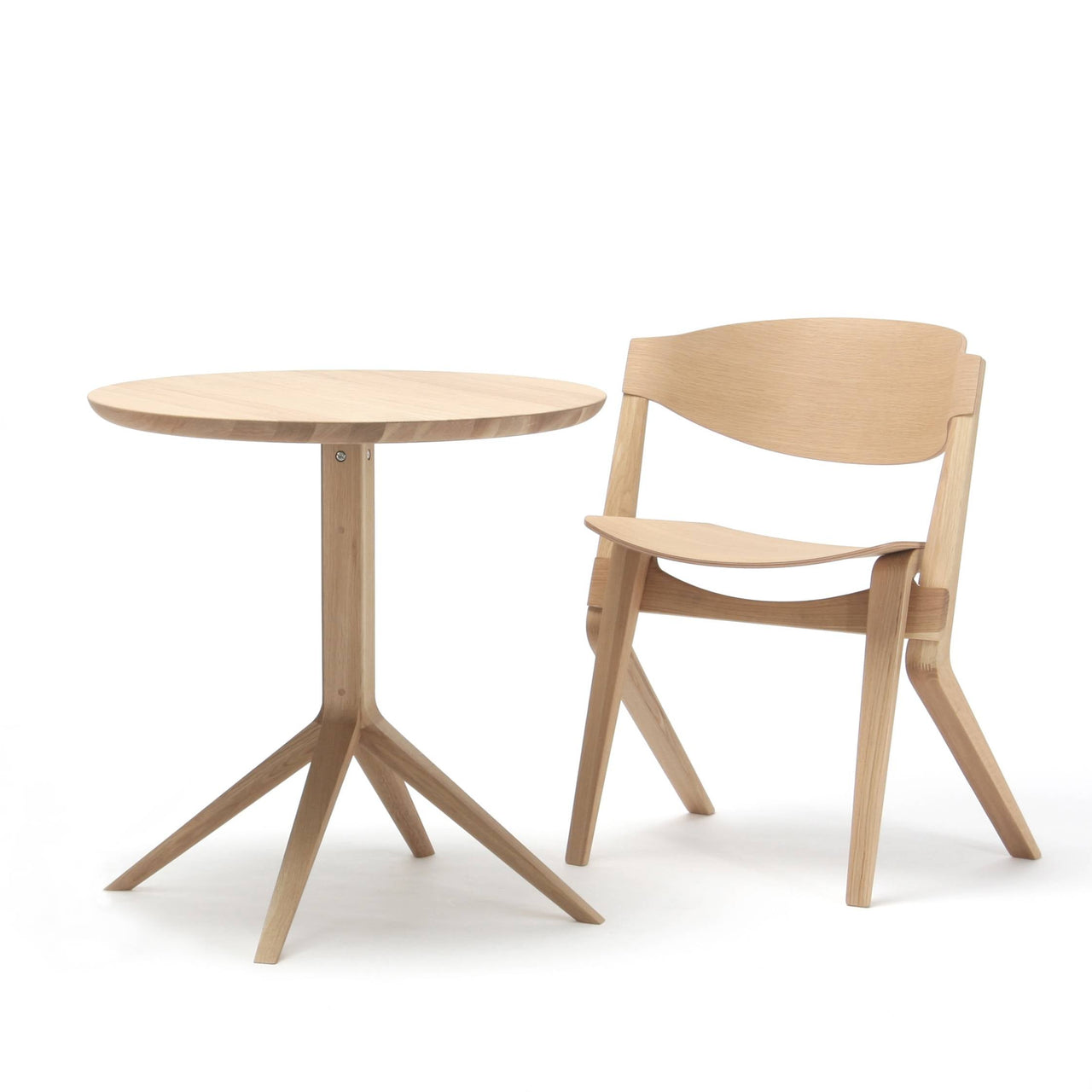
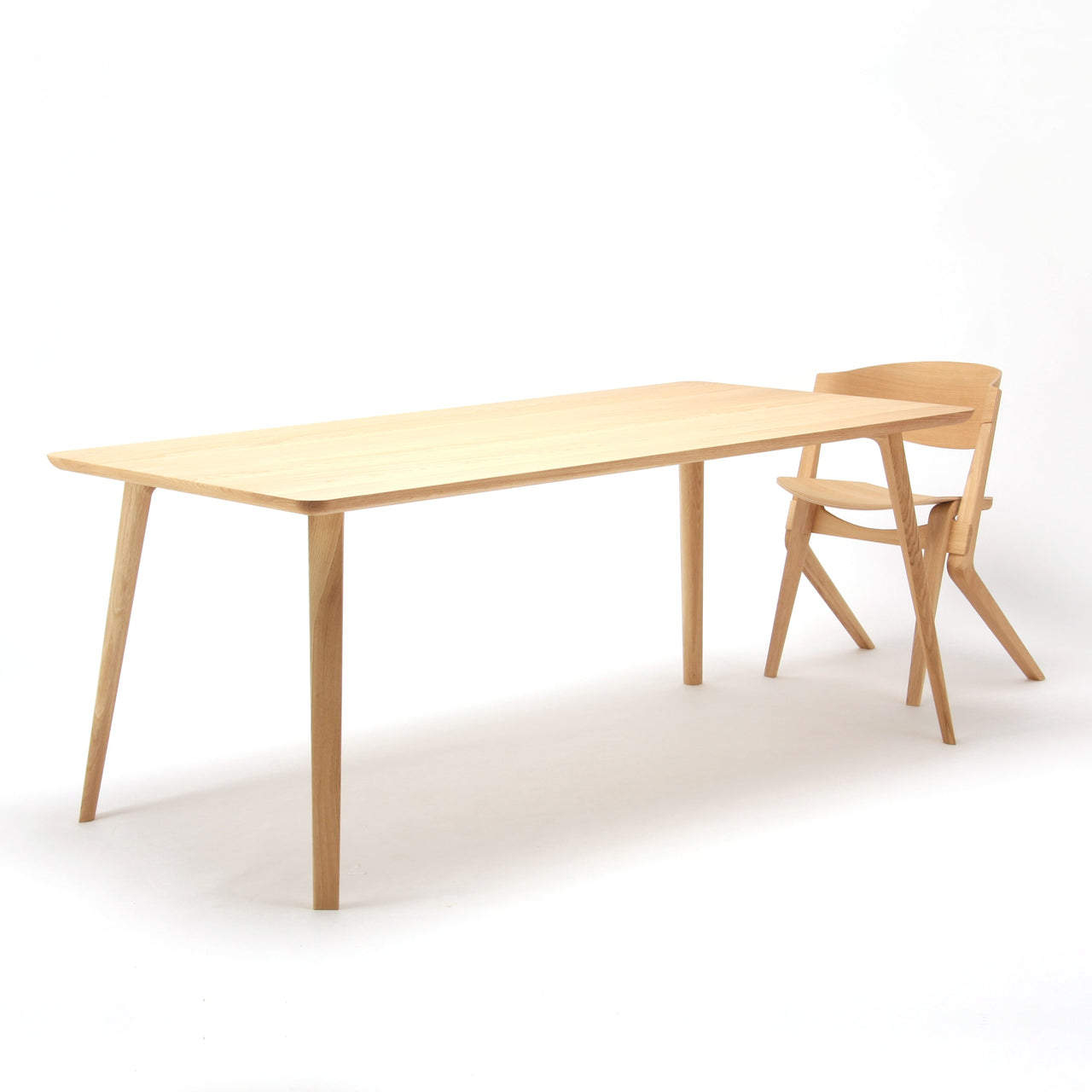
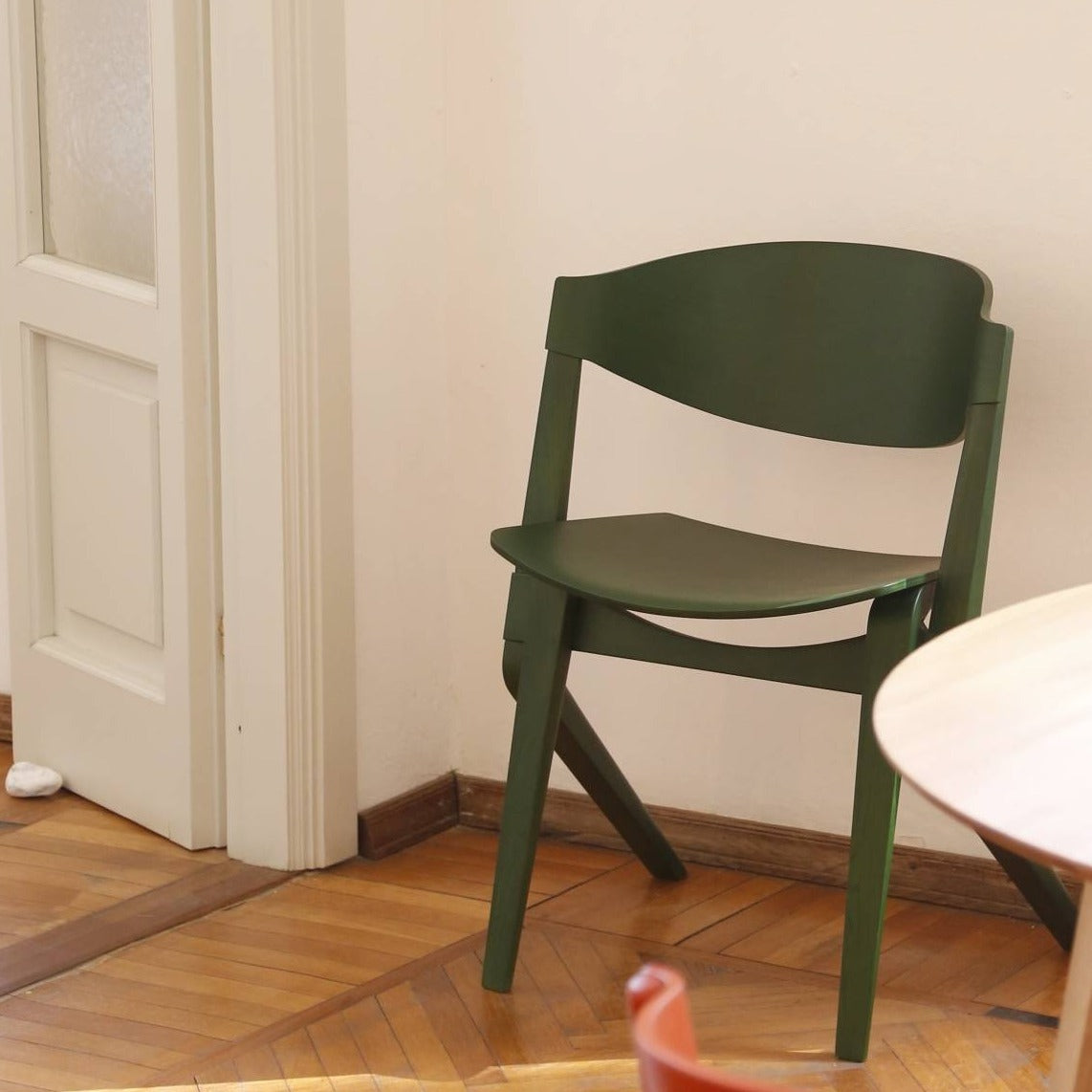

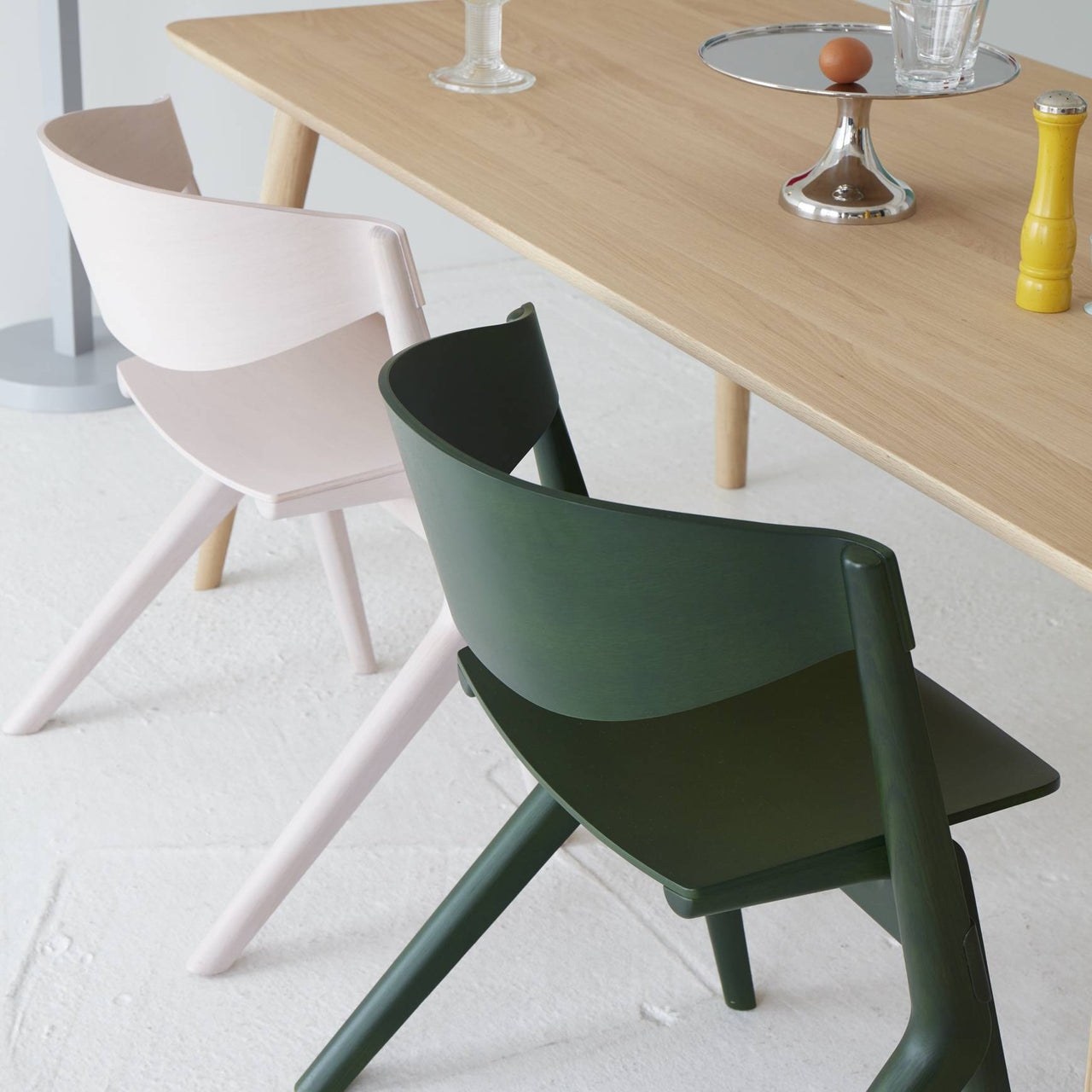
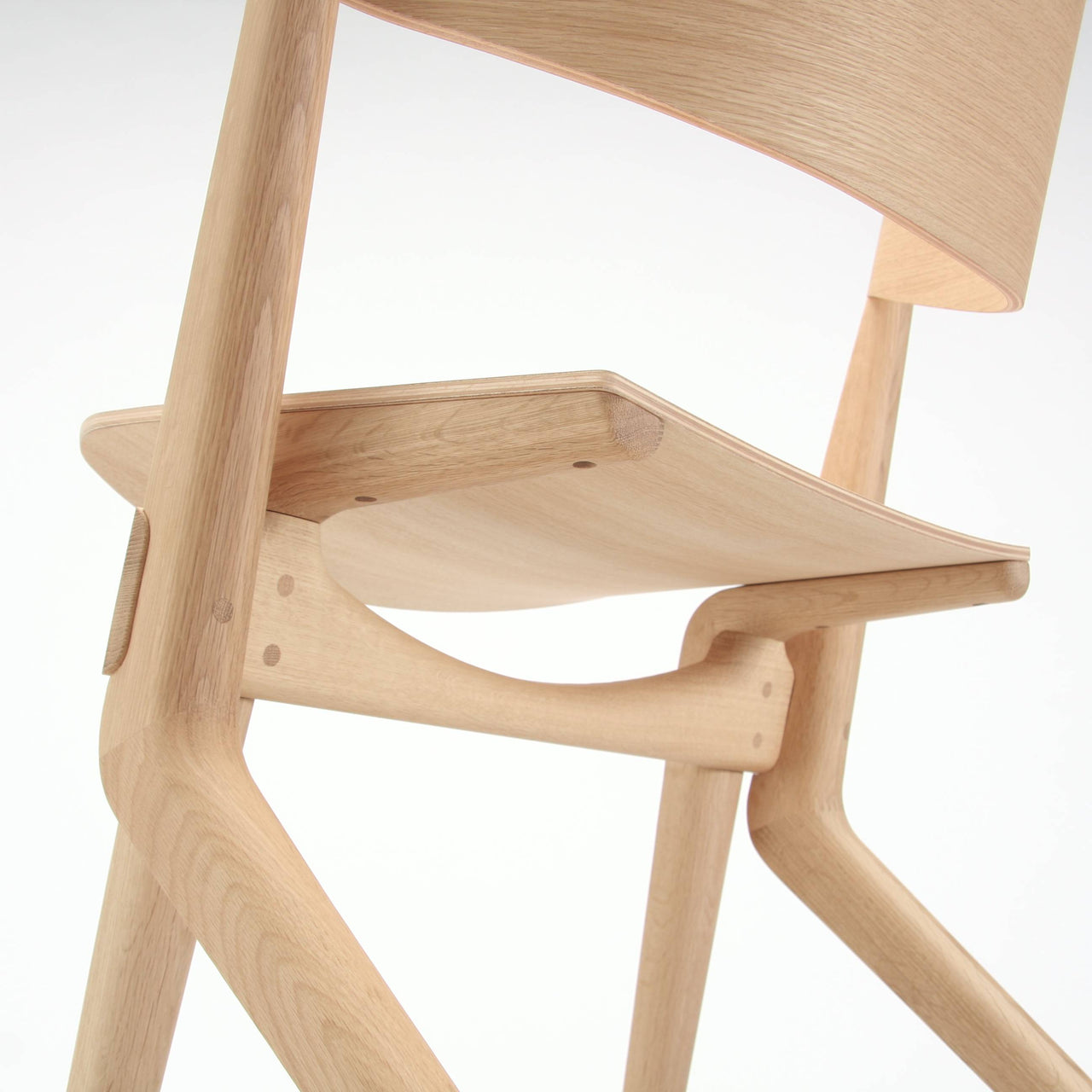
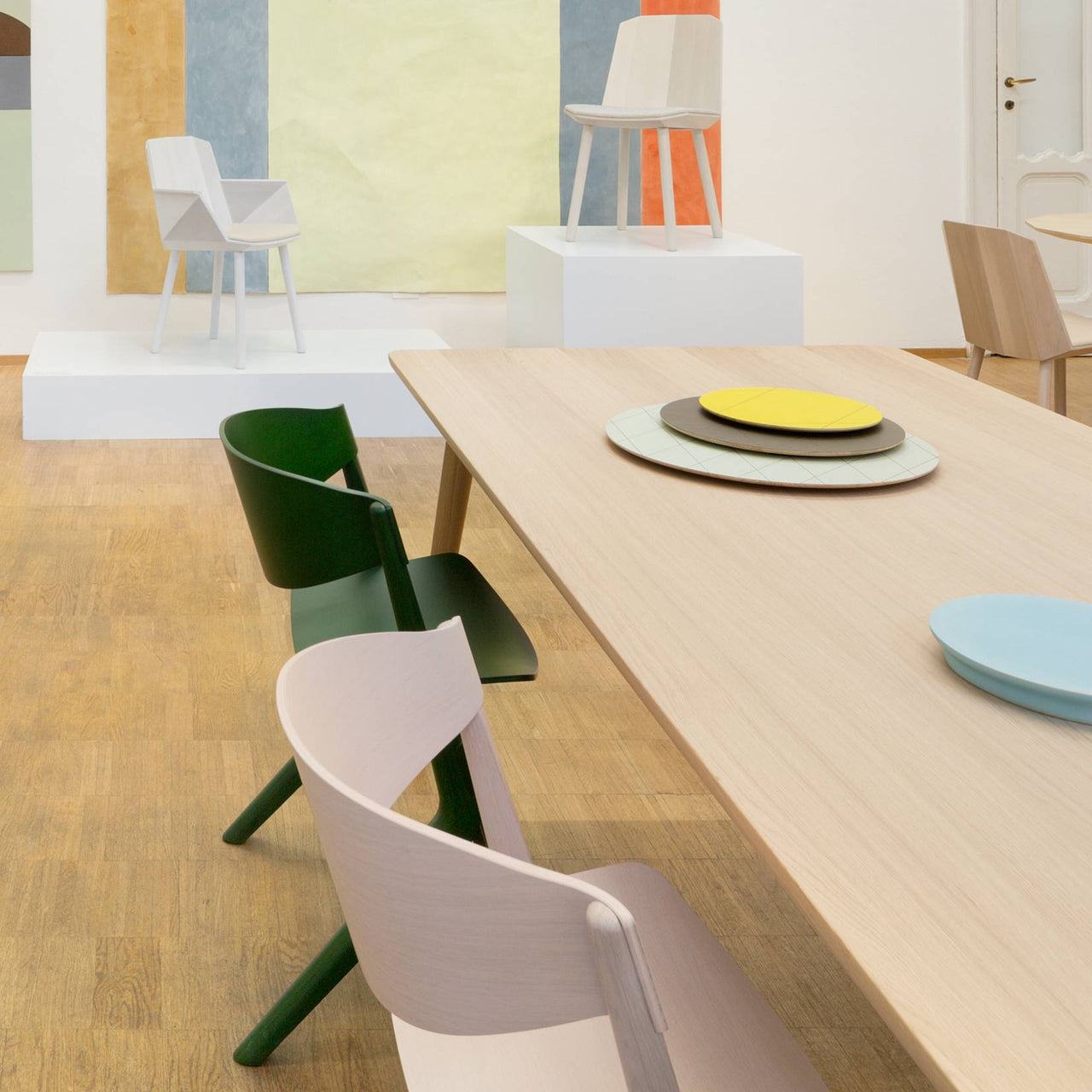

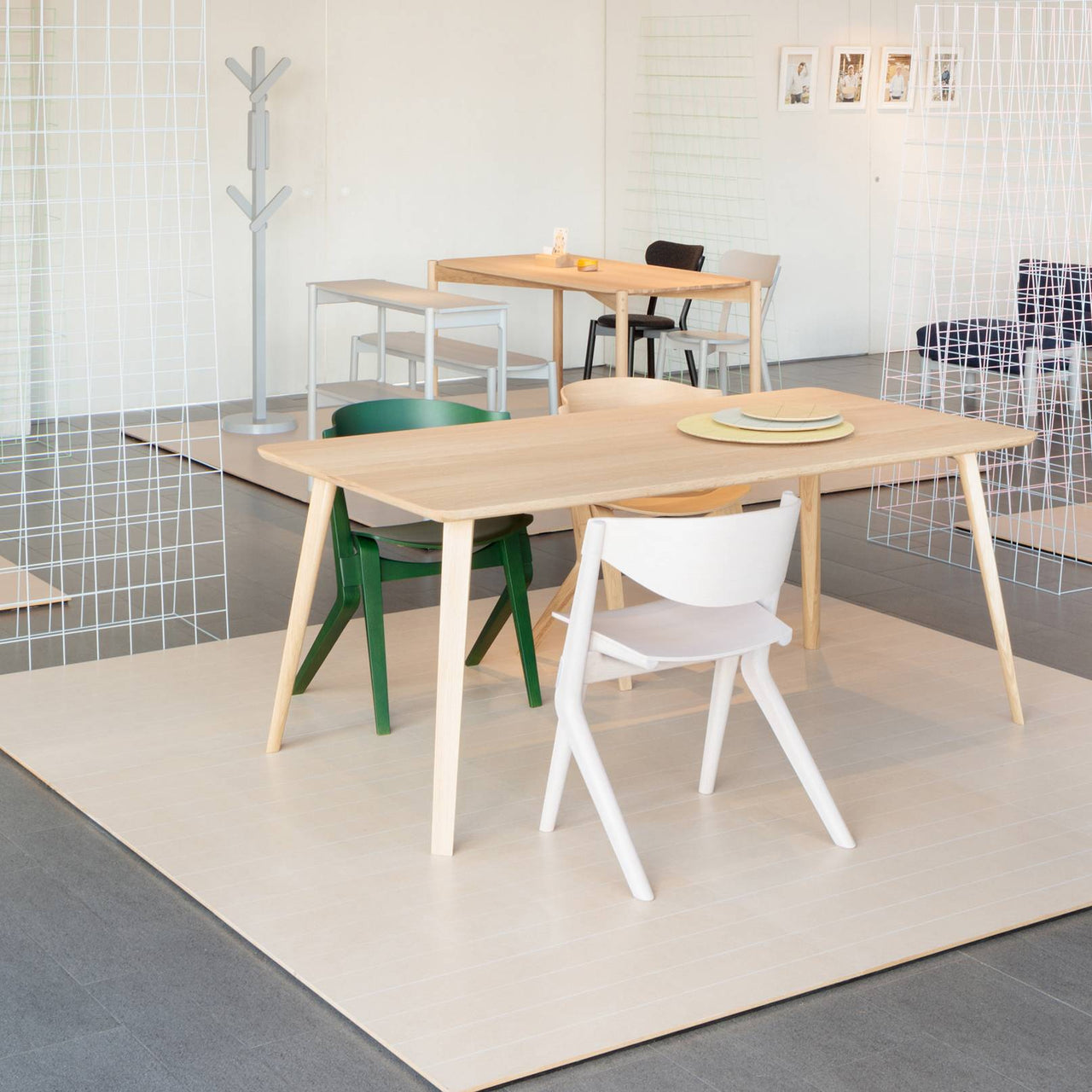
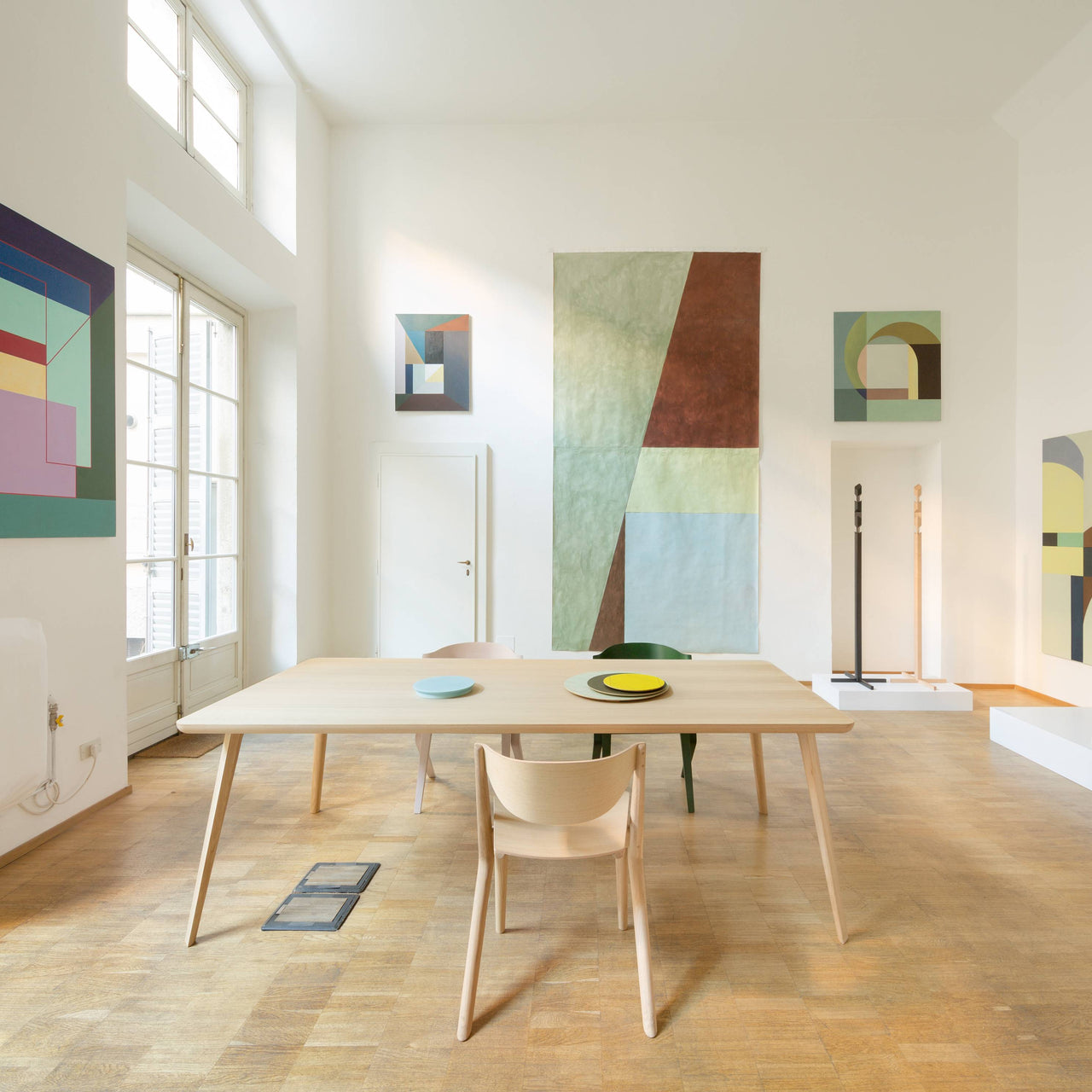
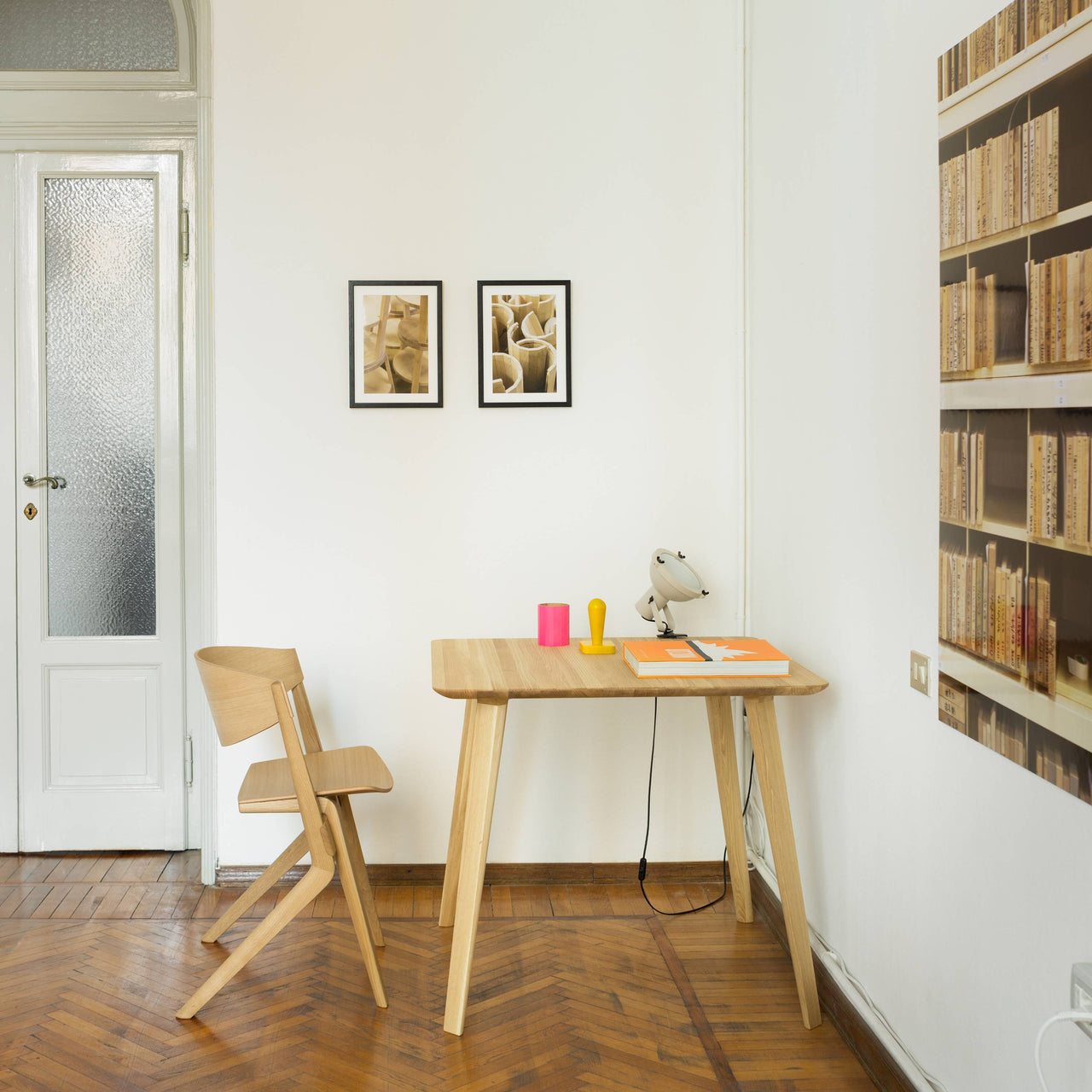
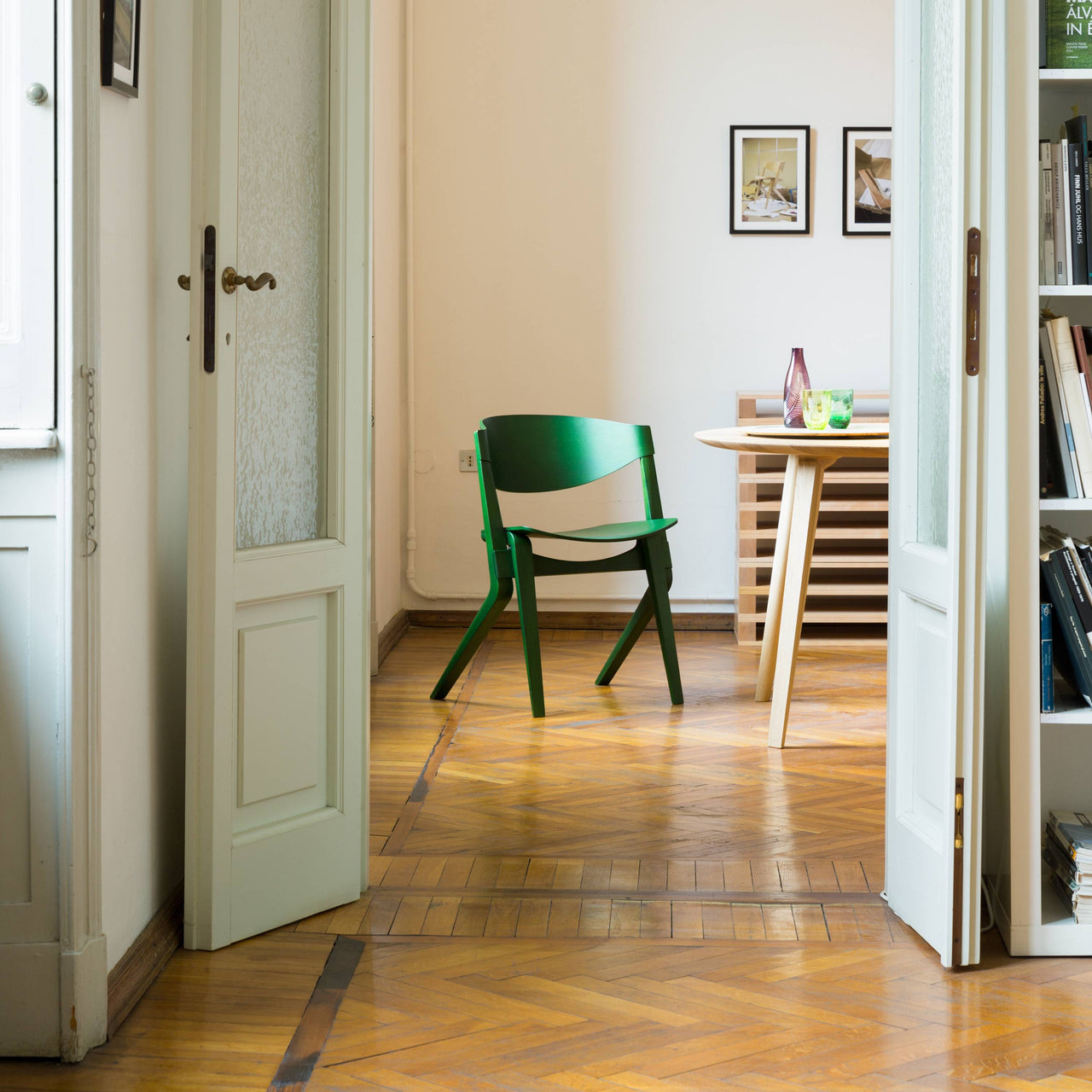
Karimoku New Standard × Christian Haas
Scout Chair
$1,010
$1,010
SKU: KNS-C3485AMH
$1,010
SKU: KNS-C3485AMQ
$1,010
SKU: KNS-C3485AME
$1,010
SKU: KNS-C3485AMB
Description
Be prepared for unexpected comfort in the atypical proportions of this Japanese oak chair. Challenging archetypes that have come before, the Scout has a particularly wide and curved backrest that offers all the ease of an armchair without the arms. German-born designer Christian Haas parries expectations in other ways as well a result, perhaps, as a ceramics and glassware expert now living in Porto, Portugal and bringing an outsider view to furniture. Christian pulls off his vision in collaboration with Japanese heritage brand Karimoku New Standard, who can achieve the innovative structure and unique proportions through a synthesis of computer-driven cutting techniques and painstaking hand-craftsmanship, completely rendered with a refined matte finish, in KNS's Japanese factories.
Specifications
Size
- 30.1" h x 22.6" w x 18.3" d (76.5x57.5x46.5cm)
- Seat height: 18.1" (46cm)
Material
Oak
Brand
Karimoku New Standard
It has always been about the wood. Shohei Kato opened a small woodworking shop in 1940 from a longstanding timber firm he acquired in Kariya. The first letters of the town name combined with “moku,” as in “mokuzai” ( “wood”) provided the brand name. Furniture followed within 2 decades, along with several brands under the Karimoku umbrella. Then in 2009, with his grandson Hiroshi Kato as vice president, the Karimoku New Standard branch launched to develop works with international designers in the modern design arena.
The star roster includes Swedish studio TAF, the Swiss team Big-Game and Dutch duo Scholten & Baijings. Among them is David Glaettli, who also serves as KNS brand creative director and dubbed its credo as “high-tech and high-touch.” The highly skilled Japanese carpentry and hand-applied painting that are a part of the parent company heritage are integral to KNS. It also looks forward, revitalizing native forests by targeting undervalued, sustainably grown hardwoods. Advanced technologies have elevated the low-diameter chestnut, maple and oak trees, once turned into wood chips for paper pulp, into something of lasting beauty. The aim, notes Hiroshi, is “furniture that will be used and loved for more than 100 years.”
